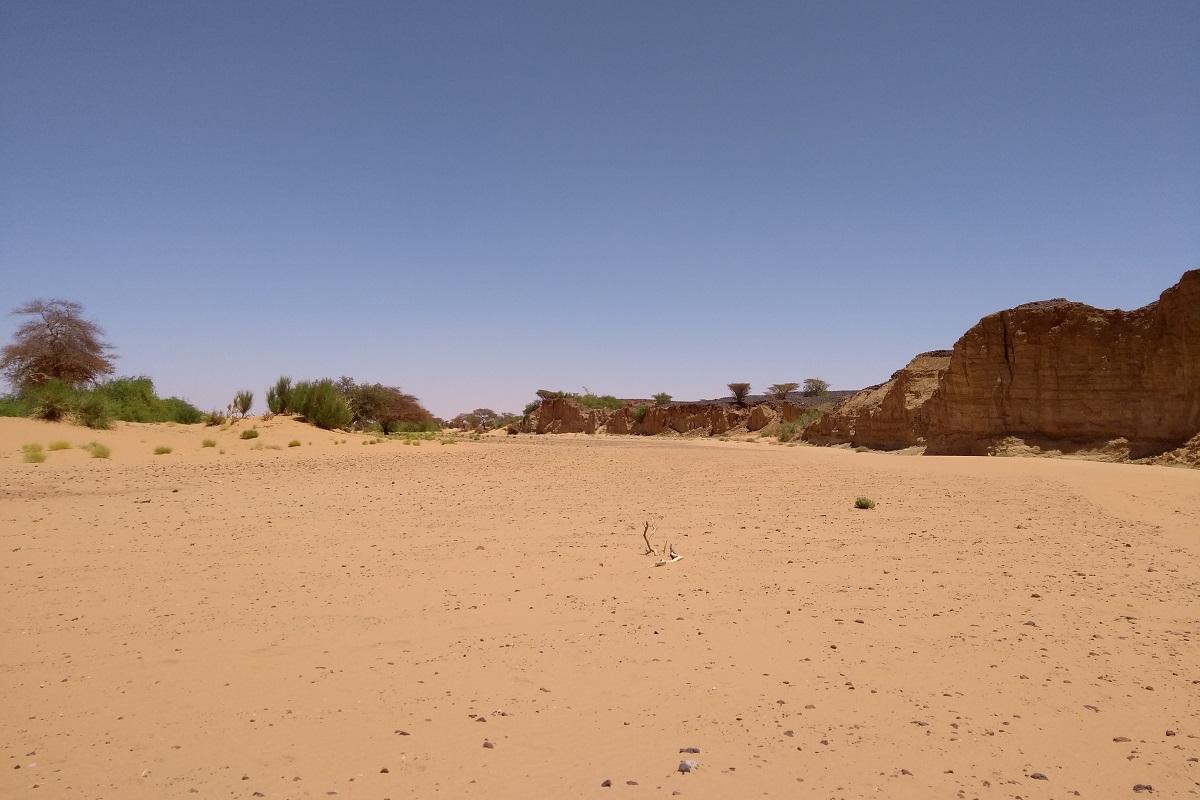Fossils of the oldest known modern tropical rainforest were found in Cerrejón, in Colombia. At about 58 million years, they are dated to the Palaeogene, the age after the Cretaceous. However, molecular genetic data indicate that some plant groups typical of rainforests already populated new habitats and formed numerous new species during the Cretaceous period, more than 100 million years ago.
Clément Coiffard of the Museum für Naturkunde Berlin is investigating whether the biome “modern tropical rainforest” existed more than 100 million years ago.
Undescribed finds
The palaeobotanist investigates fossil finds from the Cretaceous period that have so far only been incompletely evaluated scientifically. The Museum für Naturkunde Berlin preserves fossils from the Crato formation in Brazil. In 2012, it has also received extensive material collected in Egypt and Sudan from the Technical University of Berlin, which is around 110 million years old. In addition, Coiffard investigates fossils from sites in Israel.
Fossils of arum plants and other representatives of tropical vegetation suggest that rainforests existed 80 million years ago in what is now North East Africa, then the northern part of the supercontinent Gondwana. Typical leaves are broad, smooth-edged and have drip tips. In addition, the sites are very diverse with more than 35 species.
Rainforest in simulations
Tracing the origin of the rainforests further back is difficult. Older floras from around 90 million years ago are characterized by small leaf sizes, indicating a hotter and drier climate. With precipitation of less than 800 millimetres per year, the climate was too dry for rainforests. However, going back even further, to the time about 100 million years ago, one finds floras that already look very modern and suggest a more humid climate, reports the botanist.
Coiffard is collaborating with a researcher from the Potsdam Institute for Climate Impact Research to find out more about the fate of vegetation adapted to more humid conditions in the phase around 90 million years ago. Conclusions could allow for forecasts on the development of tropical rainforests in anthropogenic climate change. “The climate conditions at this time must be studied more thoroughly so that we can understand in which climate regime tropical rainforests can exist,” says Coiffard.
Project-title
Cretaceous origin of tropical rainforest in Africa and the Levant and the implications for modern climate predictions
Duration
01.04.2018 - 31.03.2021
Partners
- Hebrew University of Jerusalem, Israel
- Mansoura University, Egypt
- Senckenberg Society for Nature Research, Frankfurt a. M.
- Universidade Estadual do Ceará, Fortaleza, Brasilien
- Potsdam Institute for Climate Impact Research
